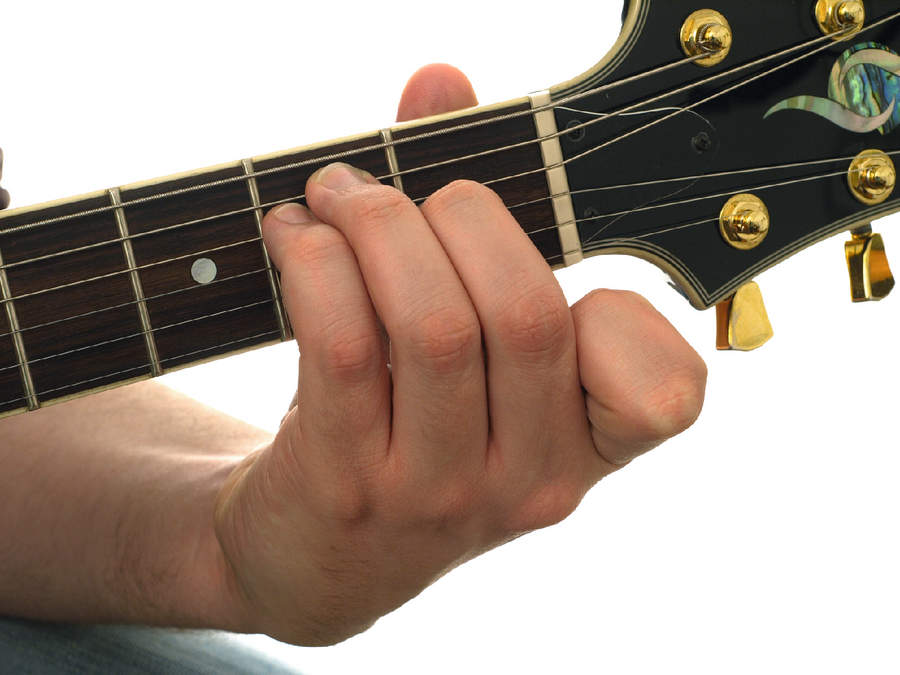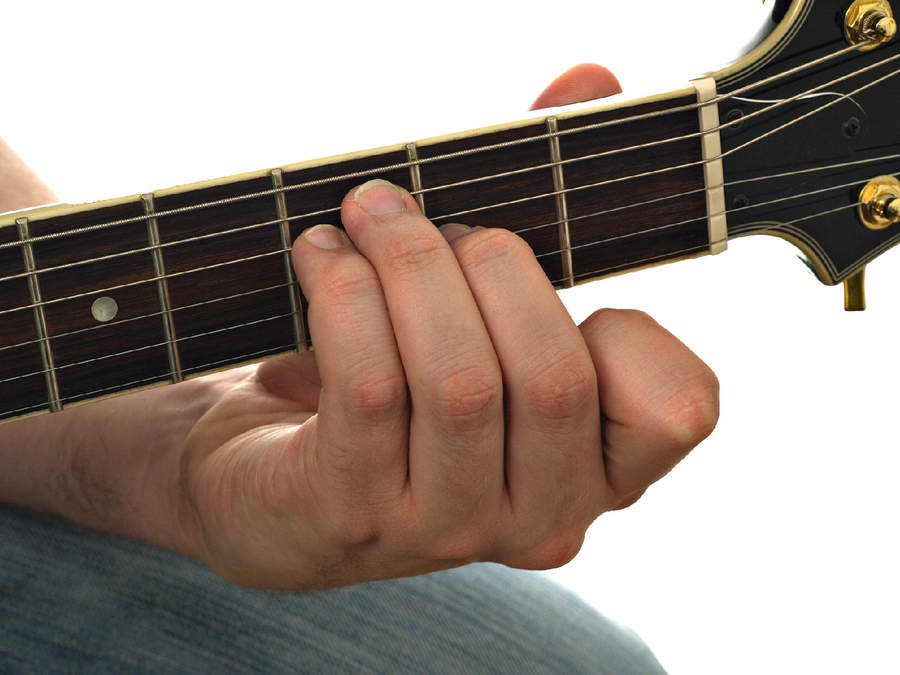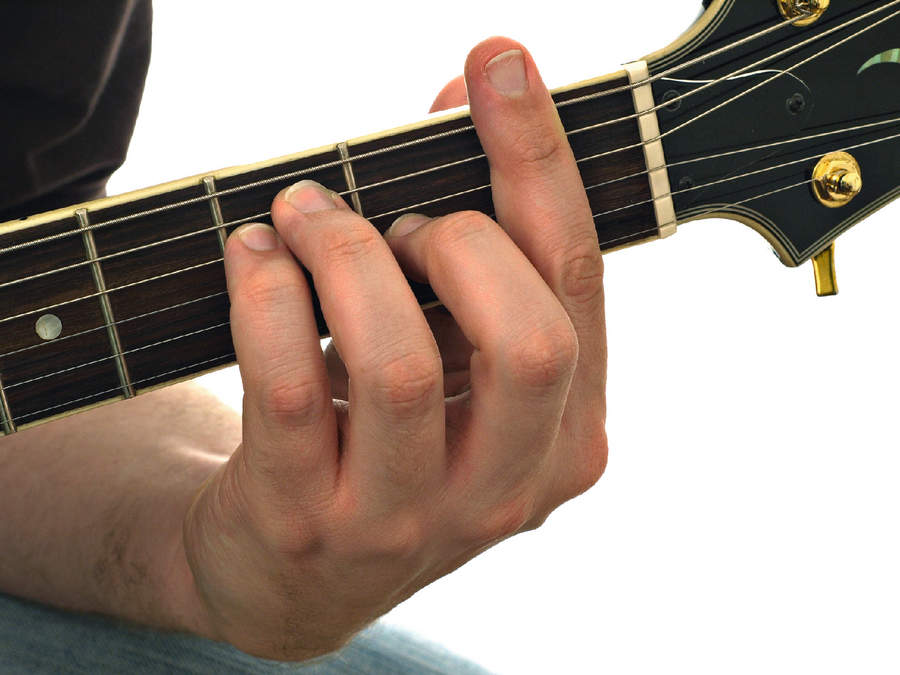Beginner Guitar Lessons: Barre Chords
Learn two chord shapes that will let you play any chord you want!
Barre chords are an essential building block in guitar playing. These simple chord shapes can be used anywhere on the fretboard and can form the base for your own songs.
Root notes
Before you can get stuck into barre chords there are a couple of pieces of info you need to nail. The 'root note' is the note a chord gets its name from. It's the most important note in a chord. The root note of a 'G' chord is a 'G' note. You'll encounter the root note when you go on to name and think about the other notes in a chord, which are certain 'intervals' away from the root.
Your sixth string
Open the 'Notes on the sixth string' tab (Right-click to download)
You need to know the notes on your guitar's sixth string (the fattest one) so that you can play your barre chords at the correct fret. While it's important for guitarists to know all the notes on a guitar in the long term, for now, you only need to know the notes on the sixth string. Use Example 14 as a guide, but take your time to learn them properly.
Tip: The above tab features all of the notes on the sixth string (the fat one). Start off by learning where the notes without a sharp (#) symbol are - these are the most common ones.
Moving magic
Open the 'Barre chord shapes' tab (Right-click to download)
The two barre chords you're going to learn come from chords you already know. You're going to move an E chord and an E minor chord up a single fret and then use you first finger to 'barre' across all the strings, thus making barre chord shapes.
Get the MusicRadar Newsletter
Want all the hottest music and gear news, reviews, deals, features and more, direct to your inbox? Sign up here.
Tip: For more help distinguishing between major and minor chords, check out our lesson on ear training.
In pictures
1. Play an E chord without using your first finger.

2. Move the E chord up one fret.

3. Lay your first finger across the first fret. This is an F chord. Repeat this process with an Em chord to get an Fm barre chord.

Any chord, anywhere
Open the 'Simple barre chord progression' tab (Right-click to download)
Once you've got used to playing these shapes you can explore the rest of your guitar's neck - barre chord shapes have no open strings in them so they can be played anywhere on the neck.
Simply find the root note of the chord you want to play (eg, the 'B' of 'Bm') by looking at the 'Notes on the sixth string' tab above and then play the appropriate chord shape (in this case, the minor one) there. Easy!
Tip: There's no strumming pattern for this example, so you can concentrate on playing your new chord shapes.









